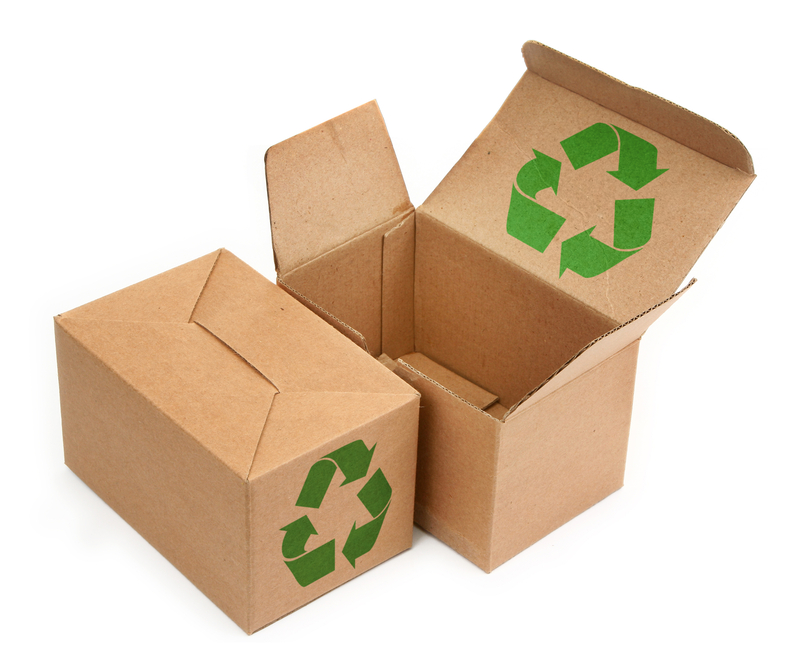As we all know, moving can be an overwhelming and chaotic process. Amidst the stress of packing, organizing, and transporting our belongings, we often forget about the impact our relocation can have on the environment. However, a growing movement towards eco-consciousness has emerged, focusing on reducing waste and promoting sustainable practices. In this blog post, we will explore the concept of recycling moving materials and highlight practical steps to minimize our environmental footprint during the process.
1. The Problem with Traditional Moving Practices:
Traditional moving practices often result in significant waste generation. From cardboard boxes and packing paper to packing peanuts and plastic wrap, the amount of single-use materials discarded during a move is staggering. The production of these items contributes to deforestation, pollution, and carbon emissions. However, by adopting recycling methods, we can significantly reduce the environmental impact of our relocations.
2. Benefits of Recycling Moving Materials:
Recycling moving materials offers numerous benefits, both to the environment and ourselves. Firstly, by reusing items instead of disposing of them, we minimize waste going into landfills, lessening the strain on our ecosystems. Secondly, recycling can be a cost-effective choice, as it reduces the need to purchase new packing materials. Furthermore, taking an eco-friendly approach to moving aligns with our individual responsibility as stewards of the Earth, fostering a positive contribution to sustainability efforts.
3. Practical Tips for Recycling Moving Materials:
a. Use eco-friendly packing materials: Instead of relying solely on cardboard boxes, consider using sturdy reusable bins or crates made from recycled materials. These alternatives are not only durable but also eliminate the need for excessive tape and wasted cardboard.
b. Rent reusable moving equipment: Many companies now provide eco-friendly options for moving equipment such as dollies, moving pads, and straps. Renting these items reduces the need for harmful single-use alternatives such as plastic stretch wrap or packing paper.
c. Donate unneeded items: Before moving, take the time to declutter and donate items that are no longer needed. This helps reduce waste and provides an opportunity to give back to the community.
d. Try alternative cushioning materials: Opt for biodegradable packing peanuts made from cornstarch or shredded paper instead of non-recyclable foam or plastic. These alternatives are safer for the environment and can be easily composted.
e. Utilize your own linens and towels: Instead of wrapping fragile items in packing paper or packing paper, use your towels, linens, and clothing to provide cushioning and protection.
4. Spreading the Word:
Lastly, it’s crucial to share your experiences and knowledge with others. By spreading awareness about the importance of recycling moving materials, we can inspire friends, family, and neighbors to adopt eco-friendly practices during their relocations. Encourage conversations about the environmental impact of moving and share these practical tips to assist others in making sustainable choices for a greener future.
Conclusion:
Moving is undoubtedly a complex task, but it does not have to be detrimental to the environment. By embracing recycling and adopting eco-friendly practices, we can mitigate waste generation and contribute to a sustainable future. From utilizing reusable packing materials to donating unneeded items, every small step counts. Let us all take responsibility for our footprint and work towards a greener world, one move at a time.

